Blender is an open-source 3D computer graphics software tool that is free for various users from animation to architecture sectors, helping users visualize their creative thought processes. This free software tool can be used for either commercial or educational purposes. The software was originally developed as an in-house application by the Dutch animation studio NeoGeo. The first version was released in January 1995 and developed by the co-owner and software developer Ton Roosendaal. Users widely use the tool, which is considered a powerhouse software due to its ability to perform several functions, from graphics to visualization.
Blender software started as a community-driven project and continues to be an open-source software with free access to all its users. The tool is versatile in application since one can create 2DV representation images, 3D models, and renderings to achieve photorealistic renderings. It is used by various creative field users such as architects, UI/UX designers, video game scripters, designers, and animators, etc. The open-source software is available for Windows, Mac OS, and Linux operating systems. The diverse library, tools, and add-ons make the software versatile with efficient workflow, making it a high-demand software now.
Advantages of Blender Software
Some of the pros of using Blender Software;
- As mentioned earlier, it is a free and open-source software accessible to many users with its efficient workflow and application.
- Its open-source nature is based on its Python coding and functionality, leading the community with access to the core of Blender to edit the software using Python coding.
- It has a diverse library and programs that allow users to create just about anything with the software.
- The tools and add-ons integrated into the software help the users achieve efficiency and a seamless workflow.
- Blender utilizes a procedural workflow that makes 3D objects and changes in the model without destroying the mesh, creating a seamless and clean workflow.
Blender Application by Architects
Blender is a powerful software that is considered an ideal tool for architectural designers and visualizers. The 3D modeling software is also used for 3D visualizations as it consists of various tools, making it ideal. 3D modeling, rendering, architectural drawings, and parametric modeling can be done utilizing the software. The free, open-source platform provides a cost-friendly option for architects to explore and visualize their designs. The software helps architects create and achieve photorealistic renders and helps the users design realistically. The software is applicable in all operating systems, such as Windows, Mac OS, Linux, etc.
Blender allows users to import forms and geometries for other 3D modeling software such as Revit, Sketchup, Rhino, etc. The versatile tool provides users with several 3D visualization tools that help create drawings, 3D models, renders, walkthroughs, and flythroughs, etc. Animation and graphics can be created through Blender which helps architects in creating presentations. The software’s user-friendly interface helps architects adapt to the new software easily. It is popular among architects and designers since it offers various tools and features and is accessible to all users without restrictions.
Features and commands that make Blender popular
Blender is considered an essential and efficient tool for architects and designers since it provides helpful tools. The software provides tools and features for everything from creating technical drawings to real-time renderings. Some of the essential and unique features and commands that Blender provides are;
- Integrated Software – An essential and fully integrated software that provides essential tools for rendering, modeling, animation, texturing, simulations, video editing, graphics, composing, etc.
- Blender Add-ons – Blender add-ons are based on Python scripts that help improve the efficiency and functionality of the software. Coding through Python scripts also helps users to customize and create their creative add-ons. Versatile add-ons enhance the modeling, rendering, and editing process in Blender.
- Powerful render tools – Blender consists of not one but two powerful render tools (Eevee and Cycles); the software allows rendering in the same programs, which is efficient in performance and saves time spent on visualization.
- Edit Mode Toolset – Blender offers a unique mode for working with geometric object modeling; object and edit modes help edit meshes created in Blender while creating geometries and models.
- Advanced 3D Modeling and Sculpting mode – The software offers various advanced 3D modeling and sculpting tools to enhance the modeling experience for creative designers. Advanced tools of Blender, one example such as N-Gon support, can help edit and develop forms easily as it is face-connected vertices of the form that help create complex forms easily.
Creative Add-ons for Architectural Visualizers by Blender software
Listed below are some of the creatives add-ons that are enhancing the efficiency of the software;
1. Building Tools
Building tool is a powerful add-on that allows users to model a structure efficiently and faster in Blender edit mode. The several features of this add-on make it an efficient and important tool for modeling purposes. The creative add-on helps users create floors, windows, doors, railings, staircases, and roofing elements of a 3D structure model. The elements created through meshes can be edited and changed efficiently. The building components and elements can be easily created, which helps architects save time during the modeling process.
Steps to use the building tool add on;
- Install the add-on and software
- In the Preferences of the main tab, select the add-on tab and enable the edit mesh tool (In mesh category).
- Import your mesh file and select the mesh object by switching to Edit mode by using the tab key.
- The tools in the mesh menu are used to edit and modify (extrude, merge, divide, etc.) objects and elements.
2. TexTool
TexTool is one of the essential add-on tools created for Blender Max software: a UV and Texture tool set. Renderhjs developed the add-on, and Sav Martin is a popular add-on designers utilize. The add-on tool is ideal for architects working on 3D visualization and texture editing. It helps edit and correct textures, materials, and color easily. The UV tool helps designers sort, correct, and rectify UVs, and the texel density tool helps edit texture images into seamless images with consistent texture resolution. New features of the tool include Texture baking modes, Texel density tool, UV layout tools, Color ID tool, etc.
Steps to use the building tool add on;
- Install the add-on and software
- Open User Preferences from the file menu
- In the add-on tab enable the TexTool found in the UV/Image Editor (Left Panel).
3. Gaffer
Gaffer is a Light and HDRI Manager blender add-on that helps architects adjust the light in your 3D visualization scenes. The powerful add-on provides a convenient and easy panel that helps adjust lights in your scenes. Creating and adjusting the correct light setting is time-consuming, but a Gaffer, it helps speed up the lighting workflow. The unique feature of this add-on is the “Solo Button” situated next to each light option, helping temporarily hide all lights to focus on the selected light. Complex lighting workflow is made easy with a flexible node-based interface with quick access and efficiency.
Steps to use the building tool add on;
- Install the add-on and software
- Open User Preferences from the file menu and turn on the gaffer add-on
- The gaffer panel can be accessed from the properties window
- The brightness of the lights can be adjusted according to global exposure control, and lamp sizes can be adjusted directly through the add-on.
4. Blender GIS
Blender GIS is an essential tool for architects, especially when creating external environments and cities in your 3D models. The Blender GIS add-on helps create a connection between the geographical data and Blender. The natural 3D geographical terrain can be created with Blender GIS also allows one to import common GIS data formats such as raster images, Open Street maps, and Shapefile vectors. Through the add-on tool, we can easily import satellite maps, displacement maps, building geometries, etc. The tool can be used to create cities and natural geographical terrains instantly saving time which various individuals from architecture, construction, visualisation, etc now utilize.
Steps to use the building tool add on;
- Install the add-on and software
- The top left panel consists of the GIS panel where one can import the shape file.
- Buildings and geometries can be added by selecting the map and clicking GIS (and selecting the Web Geodata and Get OSM)
- Elevations of the terrain and buildings can also be achieved.
5. Real Camera
The Real Camera Blender Add-on helps architects create realistic renders by setting up realistic cameras. The real camera tool helps users control many features and settings as a real camera. The exposure and focus features can be updated to create beautiful real-time visualizations. It is considered one of the best camera visualizations add-on tools.
Steps to use the building tool add on;
- Install the add-on and software
- In the preference tab under add-ons where the real camera tool can be installed.
- Properties panel of the camera tab the features like exposures, aperture, focal length, shutter speed, etc, can be adjusted for a more real render.
Blender 4.0: New features to look out
Blender 4.0, the latest update, was released by the Blender Foundation in 2023 on 14th November. Some major updates have been released to the open-source 3D software. Listed below are some of the new updates released by the Blender foundation in the latest 4.0 update of Blender;
Geometry nodes – This feature allows users to create their custom tools with loops that can run many times and in loops.
Principled BSDF shader – This shader feature helps users create real-world natural materials accurately.
Light and shadow linking cycles – This feature allows the user to control the light effect on specific objects and elements.
Hydra render delegates – This new feature helps streamline renderer development.
Repeat zones in Geometry Nodes – This feature allows one to repeat nodes several times in a loop for many times.




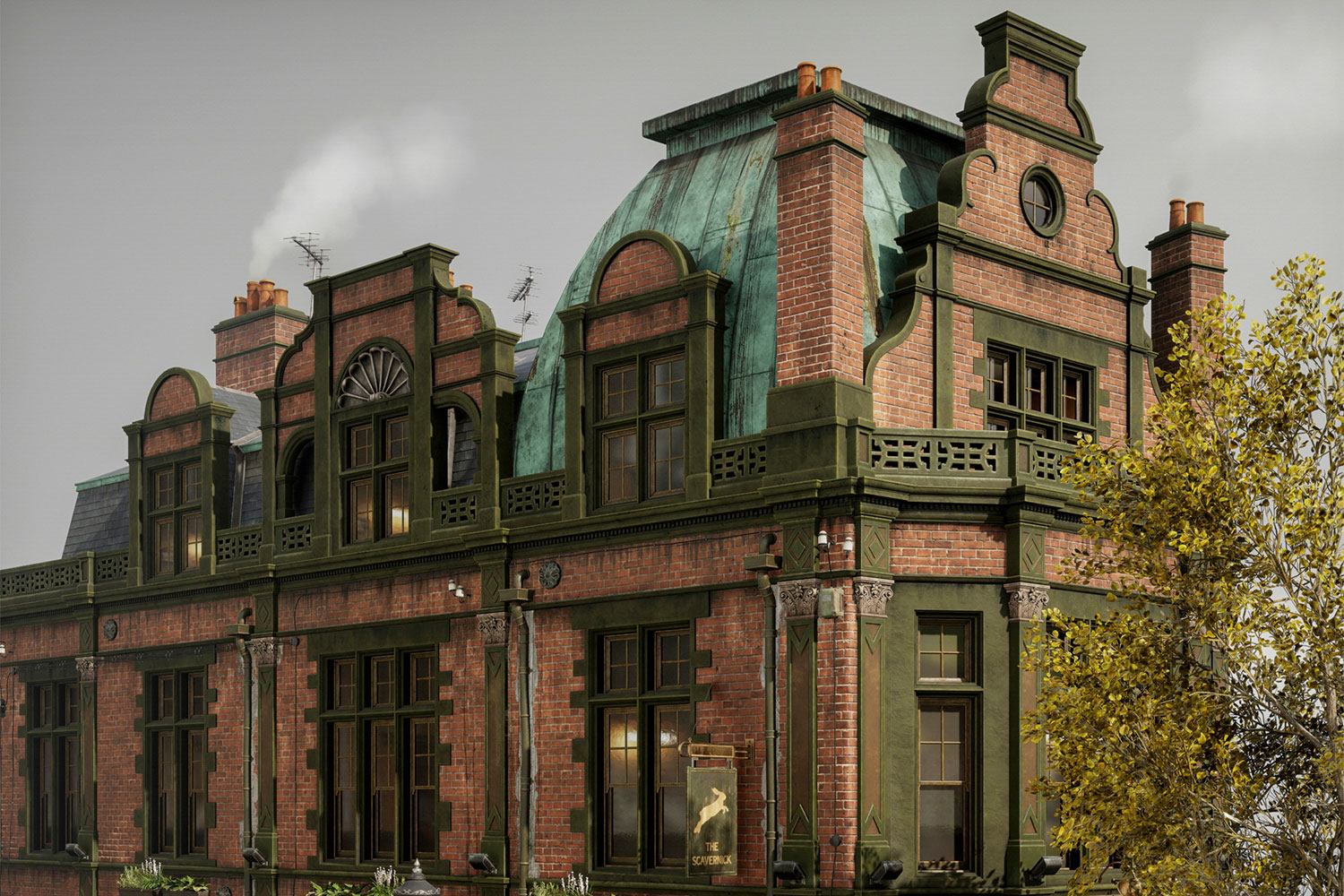
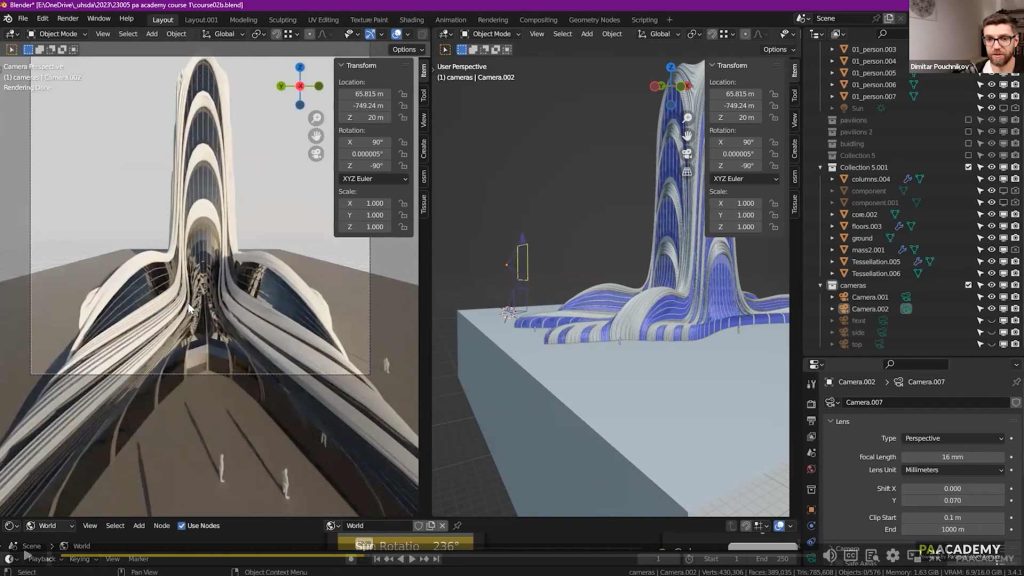
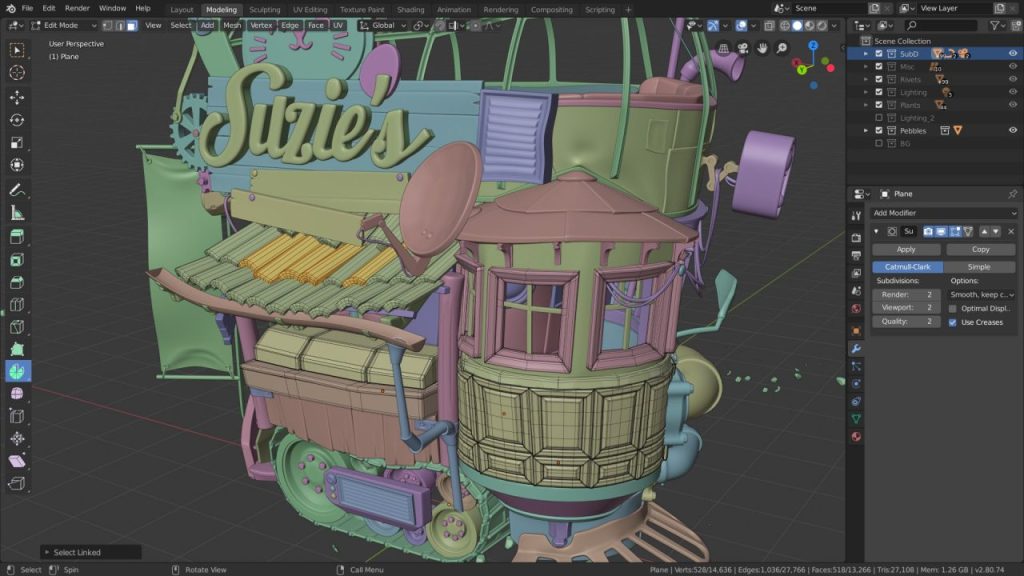
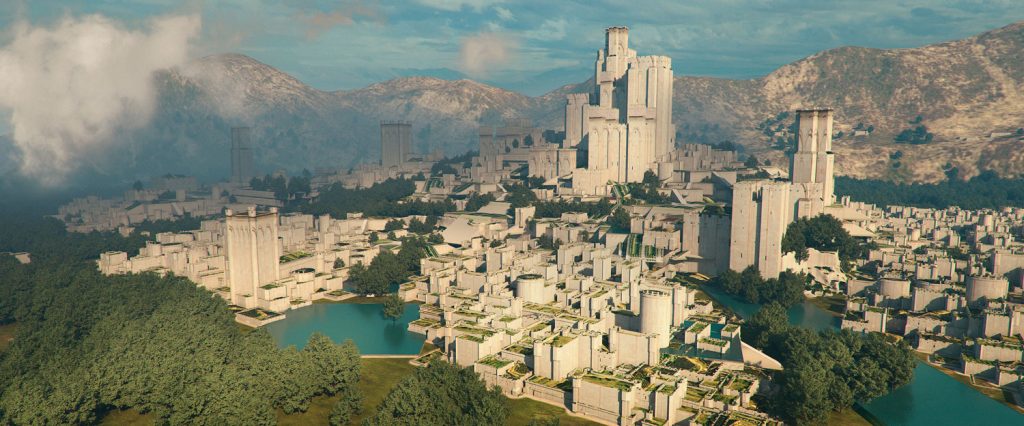
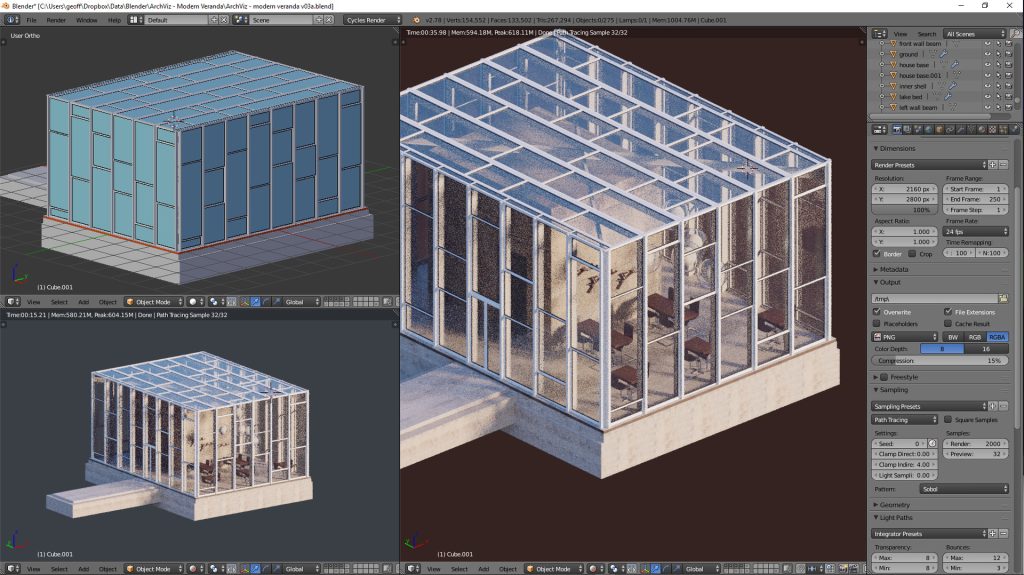
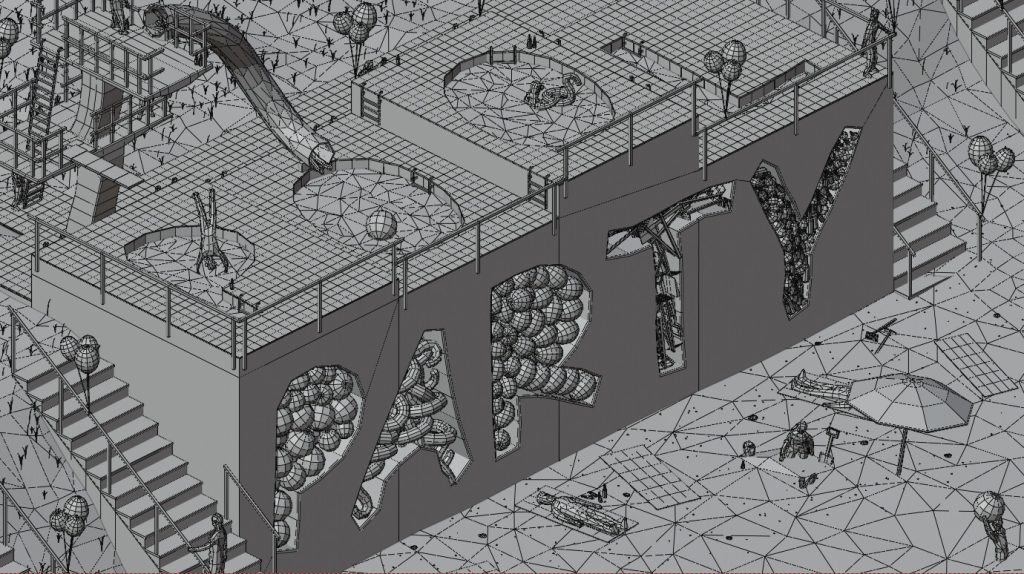
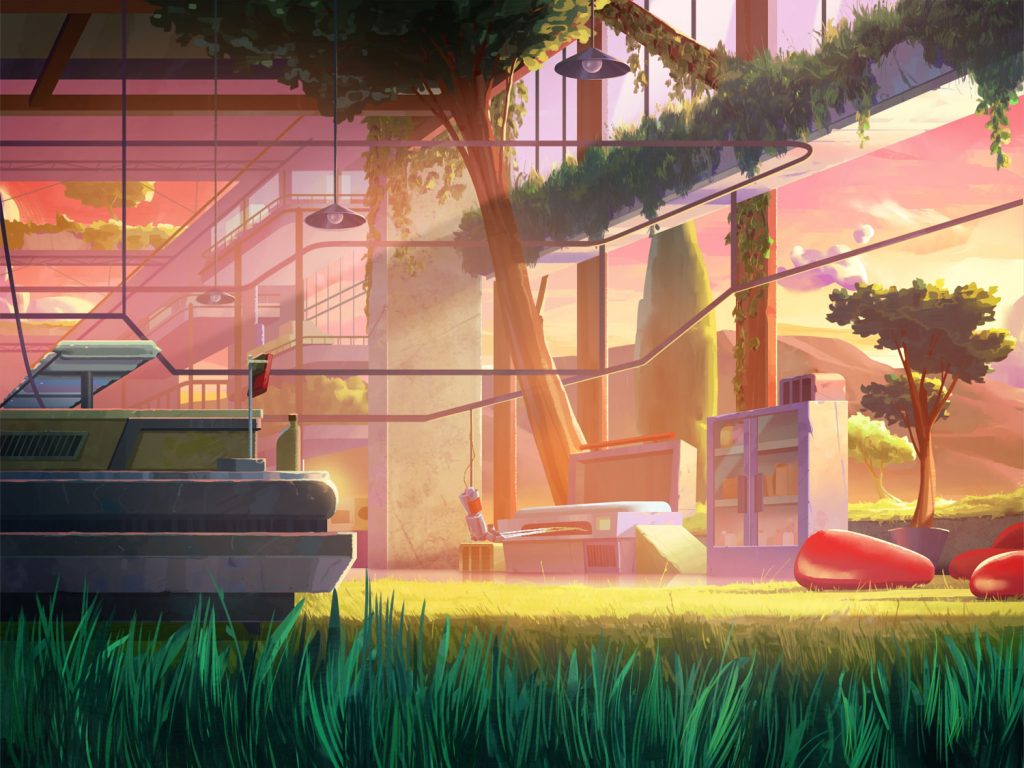
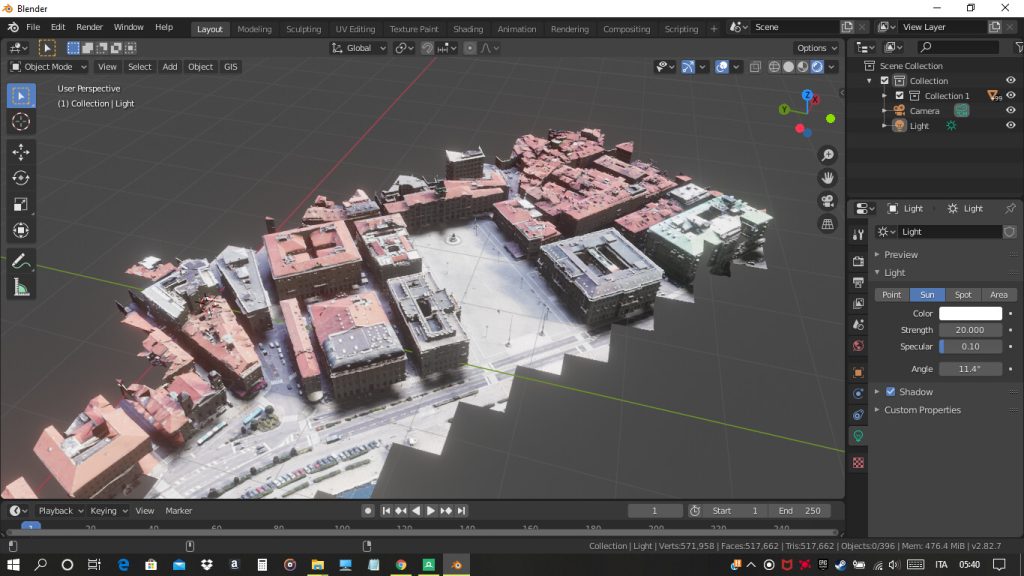
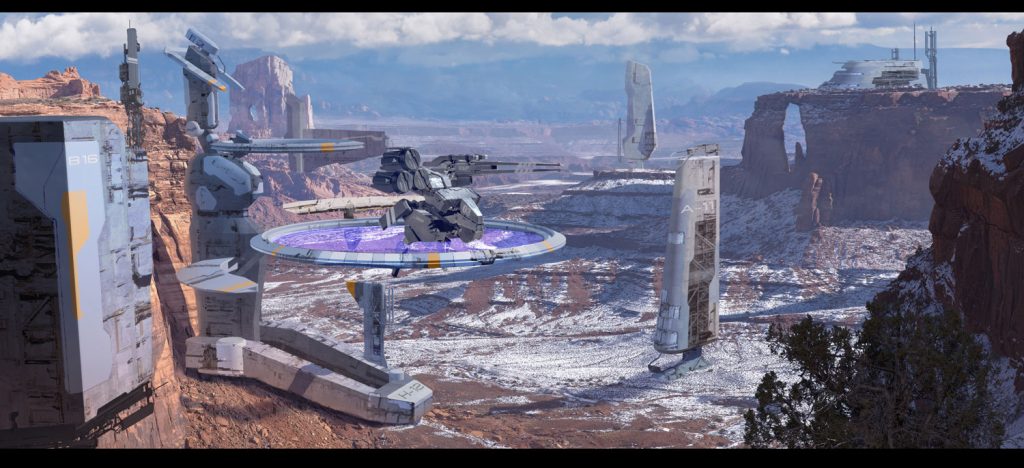
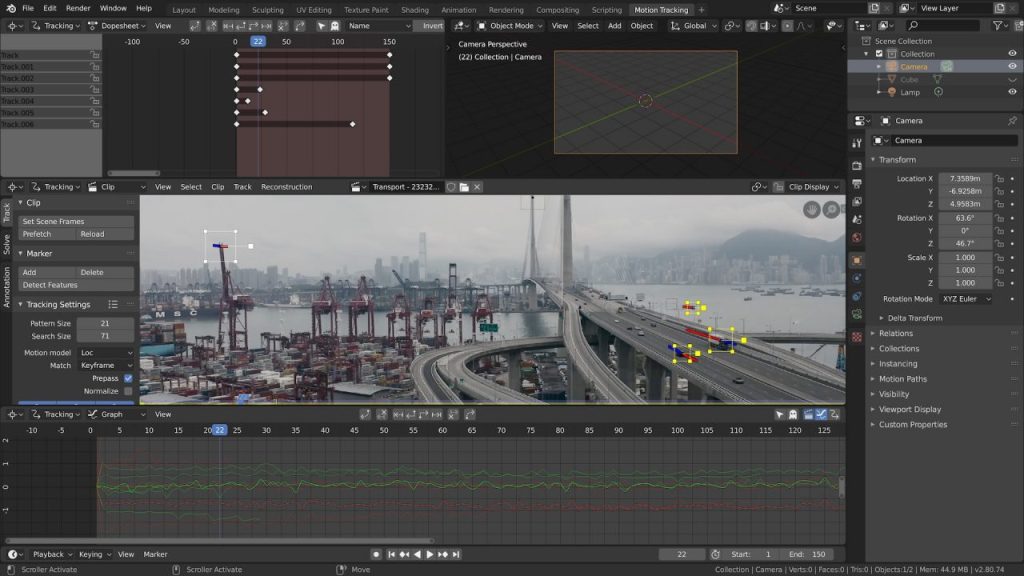














Leave a comment